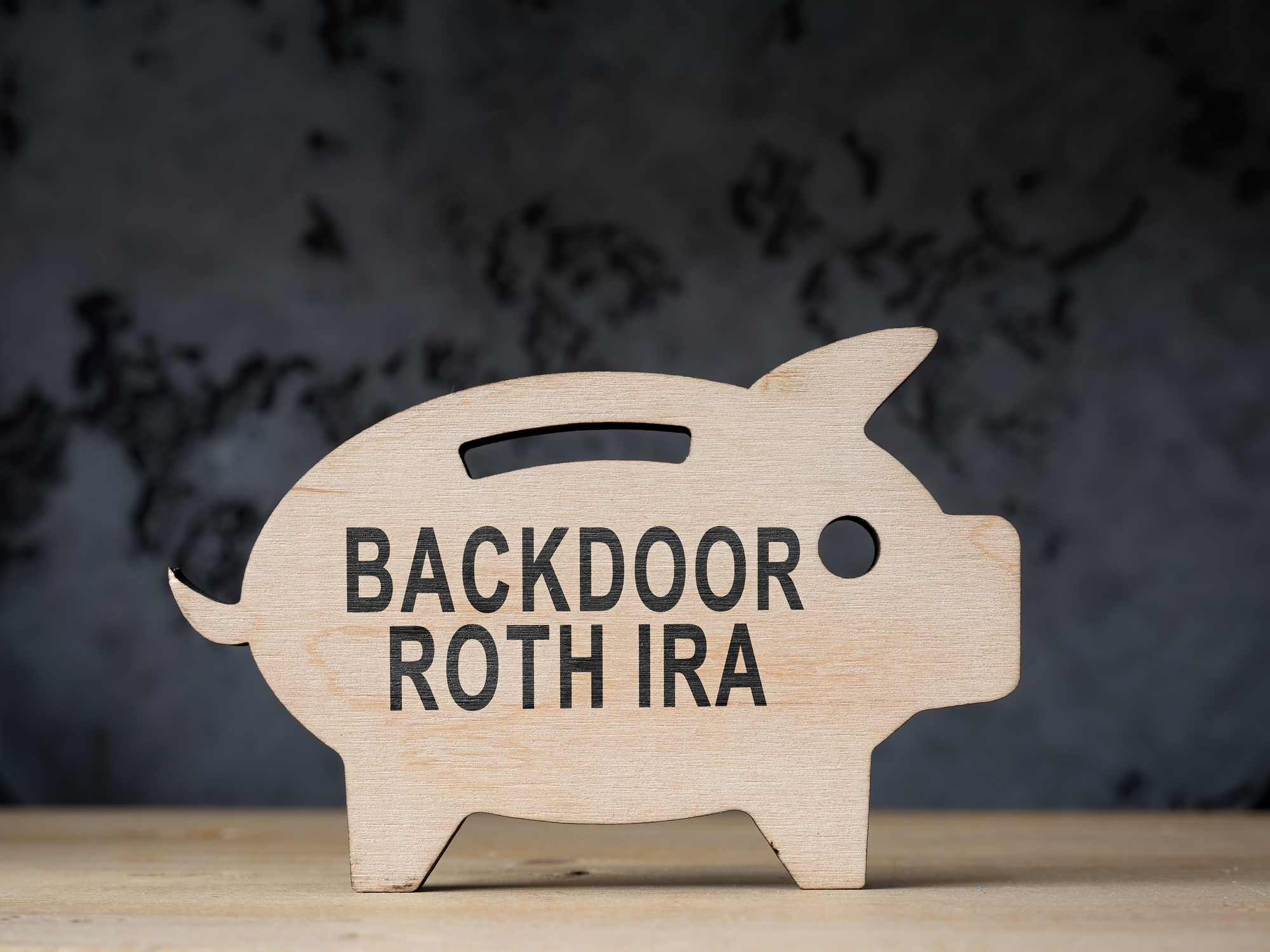A so-called “Backdoor Roth” is a technique for retirement savers to get the benefits of a Roth IRA even if their income exceeds limits that bar direct contributions. It may sound sketchy…but it isn’t.
Why are Roths Attractive?
You fund a Roth IRA with money on which you’ve already paid income tax. You can’t claim a deduction for your contributions when you file annually, but your money sits in a tax-free account and you won’t pay tax on distributions if they are made during retirement.
Roth IRA limitations
Roth IRAs have two sets of limitations related to contributions…
Contribution limits: Each year, the IRS limits the dollar amount you can contribute. For 2024, the limit is $7,000 for people under age 50…and $8,000 for people age 50 or older.
Income limits: You are not allowed to contribute to a Roth IRA for 2024 as a single taxpayer with a modified adjusted gross income (MAGI) of $161,000 or more…or if you’re married filing jointly with a MAGI of $240,000 or more. Singles earning less than $146,000 may contribute up to the annual contribution limit, but singles earning between $146,000 and $161,000 may make only reduced contributions. A similar phase-out range exists for those who are married filing jointly—they can make the full contribution only with income below $230,000.
Backdoor Roth IRA
If your income is too high to qualify for direct Roth contributions, you can put the funds into a traditional IRA…convert the contributions to a Roth IRA, paying tax on the taxable amount of the contribution. You can do this every year…and is there no limit on the amount that can be converted. While “Backdoor Roth” is not written into the tax code, it’s fairly commonplace and is not frowned on by the IRS if it’s done correctly.
Tax Considerations
If all of your IRA contributions have been made pre-tax and you simply do the backdoor Roth, you’ll have met your tax obligations by just doing the conversion and paying tax on the contribution. But if some of your IRA contributions have been nondeductible (i.e., taxable), you must perform a pro-rata calculation to determine how much of your rollover is taxable. The IRS views all of your IRAs as one account, and the ratio of your total after-tax contributions to your total IRA balance must be applied to the conversion. In other words, if you choose to move $9,000 in a backdoor Roth IRA from a regular IRA, you’ll apply your ratio to the conversion to figure out how much of that $9,000 is taxable. Example: You have two existing IRAs that have a total balance of $100,000. Of that amount, $10,000 were made post-tax. The $10,000 is 10% of the $100,000, so that means 10% can be applied to your $9,000 rollover. Result: Only 10% of the $9,000, or $900, is tax-free. The rest—$8,100—is taxable.
That’s an oversimplified example. Form 8606, Nondeductible IRAs, can help with your calculation as can Schwab’s online calculator.


